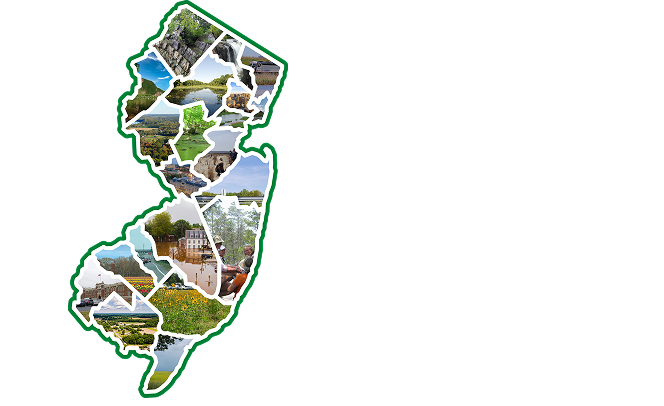Active banners: 0 Visible banners: 0
Recently someone asked me why, as an art educator, I am qualified to teach climate change. The question gave me pause. It’s true I don’t have a science background. I studied English, psychology, and visual art as an undergraduate before focusing on art education and getting an advanced degree in studio art. None of this gave me an understanding of the Earth’s complex natural systems or the impact of human influences on them. That is something I have learned on my own over the years.
There is a vast amount of accessible and reliable content about climate change available today, and it’s important for all teachers to have a solid grasp of the basics. Ed Maibach reminds us that global warming can be boiled down to six key facts: It’s real. It’s us. Experts agree. It’s bad. Others care. And, there’s hope.
Of course, there’s much more to it than that, but as an art educator, it’s not my job to teach the science. Instead, my role is to help students navigate through their feelings about climate change using visual means. What does climate change look like? What does it feel like to witness the increased intensity of floods, droughts, wildfires, hurricanes, and heat waves? How do we know others care about the climate crisis, and in what ways can we amplify their voices? What forms does hope take?
In many ways, investigating climate change through art is no different from what artists have always done—responding to the environment around them through images. There is also a long tradition of art documenting the struggles of human history. I think of Maya Lin’s monument to lives lost in Vietnam, Keith Haring's art about the AIDS crisis, or Titus Kaphar’s work about the Movement for Black Lives.
Art is uniquely positioned to reflect on moments of historical crises, as it circumvents rational methods of understanding and evokes a more emotional and embodied response. Zaria Forman’s large-scale pastels of melting Greenland glaciers or Mel Chin’s visualization of rising sea levels in Manhattan do much more to help us envision the impacts of climate change than data alone. And, along with that impact comes the potential for deeper engagement, participation, and action.
This is why arts educators—including teachers of music, dance, performance, poetry, and visual arts—are distinctly qualified to teach climate change and have such a vital role to play in climate education today.
Author
Carolyn has been an art educator in the Hopewell Valley Regional School District since 1998. During this time, she also advised students as they developed recycling, composting, and waste reduction programs. More recently, she has focused her environmental work on climate change, both through her art classes and through district-wide climate action. Carolyn and her students were recognized in 2022 by First Lady Tammy Murphy for their work on climate change. She is the co-facilitator of her district’s Green Team, a board member of OASIS (Organizing Action for Sustainability in Schools), and an organizer of Hopewell Valley Green Week.
All resources can be used for your educational purposes with proper attribution to the content provider.









